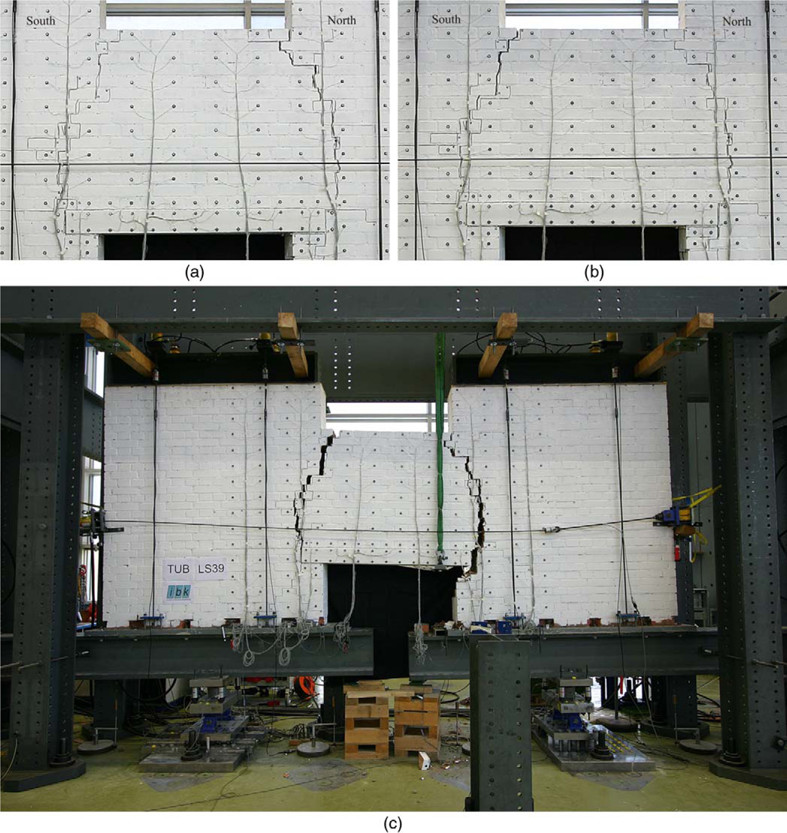Analytical models for the force-rotation response of masonry spandrels
Numerical analyses have shown that spandrel beams have a significant influence on the seismic behaviour of URM structures since they strongly influence the stiffness and strength of the structure. However, until today, spandrel elements are often not considered when modelling URM structures because only very limited information on their force-deformation characteristics is available. While there is certainly still considerable need for research concerning the drift capacities of URM walls, the lack of knowledge related to URM spandrels is disproportionately larger. The spandrel configurations that are studied are brick and stone masonry spandrels and composite spandrels, which comprise next to a masonry spandrel also a reinforced concrete (RC) beam or slab. The latter represent spandrels in newer masonry buildings with RC slabs or RC ring beams, while the former can be found in older masonry buildings.
The objective of the proposed study is to develop approaches for describing, analysing and quantifying the force-deformation relationships for masonry and composite spandrels. Such relationships are one of the key inputs required for new displacement-based design or assessment methods. As a first step, analytical formulations for the peak and residual strength of solid clay brick masonry spandrels were developed, and corresponding drift limits were derived from numerical and experimental results. These models have been implemented in two international codes.

- Article:
- Peak and residual strengths of brick masonry spandrels [journal link]
- Numerical study on the peak strength of masonry spandrels with arches [journal link]
- Collaboration: Prof. Serena Cattari (University of Genova, Italy)
Quasi-static cyclic tests on masonry spandrels
To study the cyclic behavior of masonry spandrels, Beyer & Dazio (2012) performed quasi-static cyclic load tests on four masonry spandrels. The experiment featured two distinct designs of spandrels: one with a timber lintel and the other supported by a shallow masonry arch. For each design, two samples were tested under different conditions. The first sample in each pair was subjected to a constant axial load, while the second experienced an axial load that varied with the spandrel’s axial elongation. This research provides a comprehensive overview of the four spandrels’ characteristics, the experimental setup, and key findings, highlighting the failure modes observed and the force-deformation hysteresis behavior of the spandrel structures. Additionally, the study introduces a mechanical model designed to predict the maximum strength of masonry spandrels.

- Article:
- Quasi-Static Cyclic Tests on Masonry Spandrels [journal link]
- Dataset: [dataset link]